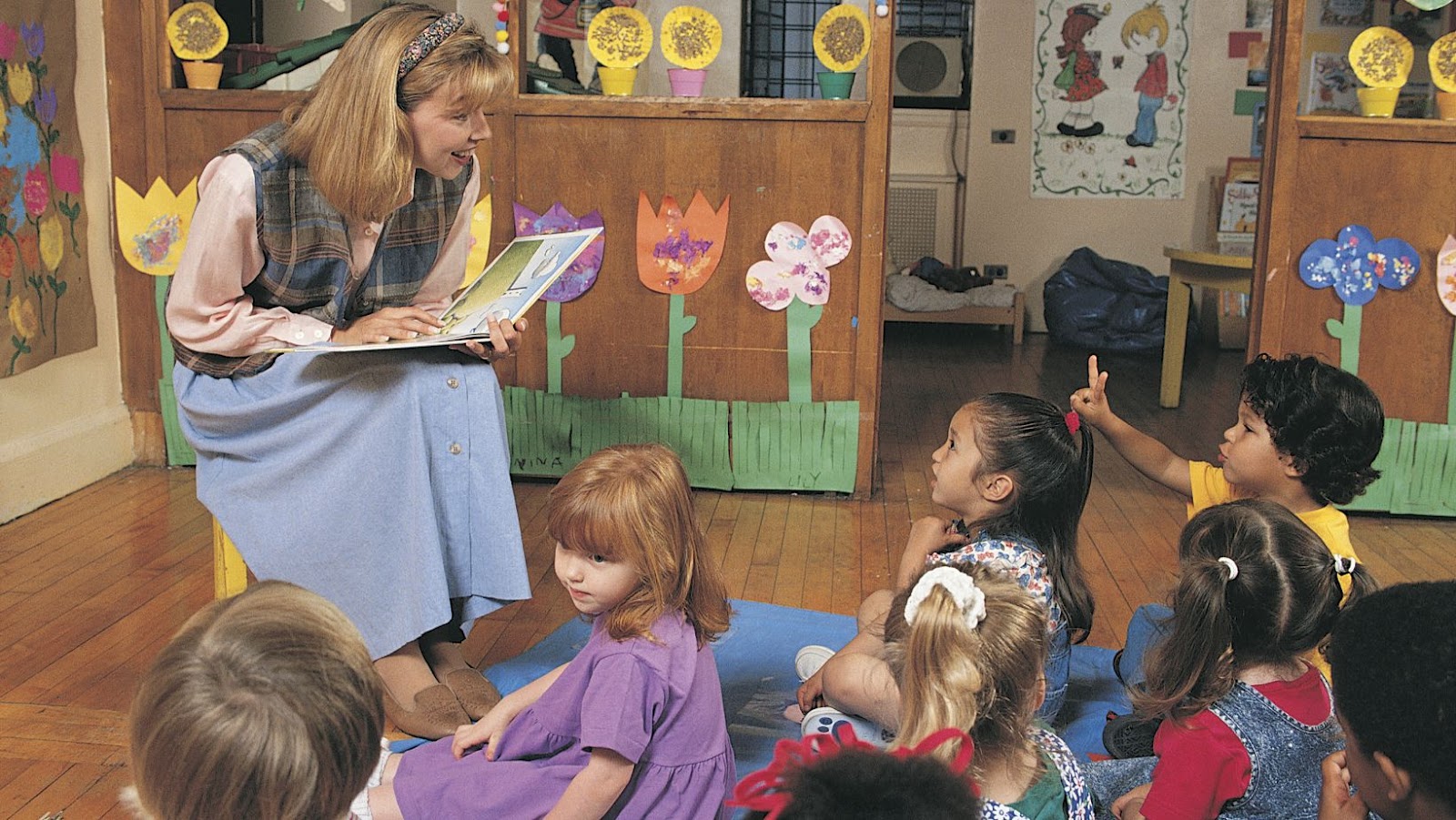
Stories can be a powerful tool in teaching children about social-emotional development. Whether you’re reading a storybook to your child or using them as a learning tool, there are many tips and strategies for increasing their effectiveness. However, it’s important for parents to know how to use storybooks in conjunction with social-emotional learning and school readiness skills.
Storybooks App Help Children Develop
Storybooks app are a great way to help your kids, and they have a lot of benefits for children. They can help them develop their cognitive skills, learn about different cultures and religions, and develop their social-emotional skills. Here are some ways to use storybooks for social-emotional learning with your kids:
- Start reading storybooks together at bedtime. This will help your child build strong relationships with you and will help him or her to fall asleep peacefully.
- Use storybooks as tools to teach moral values. For example, you could use The Lion and the Mouse to teach your child about honesty and courage.
- Use storybooks as tools to teach vocabulary. For example, you could use The Cat in the Hat to teach your child about words that describe things like colors and objects.
- Use storybooks as tools to teach math concepts. For example, you could use Peter Piper Pickled Peppers to teach your child about counting numbers up to 20.
- Use storybooks as tools to teach cooking lessons. For example, you could use The Very Hungry Caterpillar to teach your child about healthy eating habits.
How to Use Storybooks
Storybooks are a great way to help your kids learn about social-emotional learning (SEL). Here are some tips on how to use storybooks for SEL:
- Choose books that are relevant to your child’s age and interests.
- Make sure the stories are engaging and captivating.
- Help your child understand the messages in the stories.
- Encourage your child to read, discuss, and share the stories with others.

Emotional Development Through Stories
Storybooks can be a powerful tool for social-emotional learning (SEL) with children. They are an excellent way to help children understand and cope with emotions, build self-esteem, and develop empathy. Here are five ways to use storybooks for SEL:
1. As a tool for emotional regulation. Storybooks can be used to help children regulate their emotions by teaching them how to deal with difficult situations. For example, one book about a crocodile who is afraid of water but learns how to conquer his fear is an effective tool for teaching emotional regulation skills.
2. As a tool for coping with stress and anxiety. Storybooks can help children learn how to handle stress and anxiety effectively. For example, one book about a little girl who is scared of the dark but learns how to overcome her fear is an effective tool for teaching coping skills.
3. As a tool for building self-esteem. Storybooks can be used to help build self-esteem in children by teaching them that they are capable of dealing with difficult situations. For example, one book about a little girl who gets lost on her first day at school but finds her way back is an effective tool for teaching self-esteem skills.
4. As a tool for developing empathy for others. Storybooks can be used to help develop empathy in children by helping them understand the feelings of other characters in the story. For example, one book about a princess who has hair
Three Ways to Use Storybooks for Social-Emotional Learning With Your Kids
Storybooks can be a great way to help your kids learn about social-emotional skills. Here are three ways you can use storybooks to help your kids learn these skills.
1. Read Together
One of the best ways to help your child learn how to deal with emotions is to read stories together. When you read together, you can model good behavior and help your child develop a better understanding of emotions. This is also a great way to bonding time!
2. Use Roleplaying
Another great way to help your child learn how to deal with emotions is by using roleplaying. When you roleplay, you can put yourself in the shoes of the characters in the story and explore different emotions that they might experience. This can help your child understand how different people might react in similar situations, which can be helpful when it comes to dealing with emotions on his or her own.
3. Use Exercises
Finally, another great way to use storybooks for social-emotional learning is by doing exercises after each story chapter. These exercises can help your child practice specific skills such as problem-solving, taking turns, and communicating effectively.

Ways You Can Use Storybooks in Your Child’s Life
Storybooks offer a variety of ways to use them in your child’s life for social-emotional learning (SEL).
One way to use storybooks is as a tool for developing empathy. By reading stories about characters who have different experiences, your child will develop a better understanding of other people’s feelings and perspectives. This can help them better understand and relate to others, which can lead to improved social skills. Additionally, reading stories with moral lessons can help your child learn important values.
Another way storybooks can be used for SEL is by teaching problem-solving skills. Many books feature characters who face challenges that the reader can also encounter. By following the same steps the protagonist takes in the book, children can learn how to approach problems confidently and find solutions. This type of learning is especially beneficial during times when kids face difficult challenges at school or home.
Finally, storybooks can be used as an effective tool for soothing anxiety or stress. Stories often contain happy endings, which make them comforting, especially when kids are struggling with tough emotions. Additionally, by listening to stories regularly, your child will develop a love for reading which will benefit their literacy development later on in life.
Conclusion
Storybooks are a powerful tool for social-emotional learning (SEL), and they can be used in many different ways to help your kids develop important skills. Here are 10 of the most popular ways to use storybooks with your kids:
- Use them as a way to teach children about values and morals.
- Help them learn how to deal with difficult emotions.
- Help them develop empathy and compassion for others.
- Teach them critical thinking skills.
- Increase their vocabulary knowledge.
- Encourage creativity and imagination by having them create their own stories based on the stories they read.
- Show them how to problem solve by using problems from classic stories as teaching opportunities.
- Help teach patience and self-control by having them complete tasks from classic stories that take longer than they’re accustomed to taking, such as waiting in line or completing a puzzle correctly the first time around.























